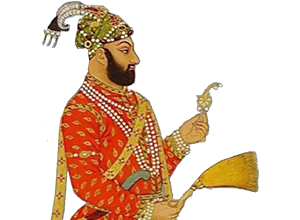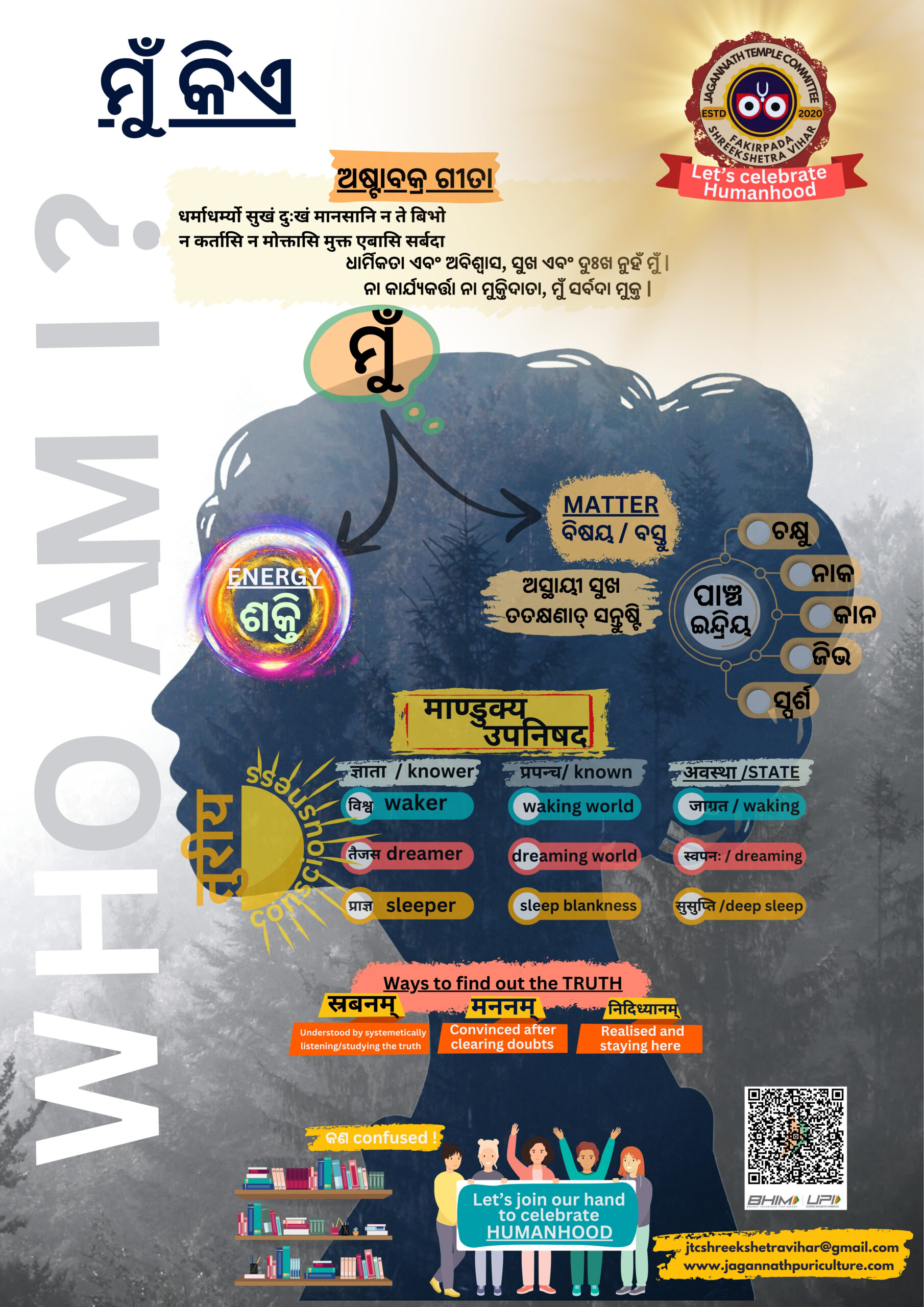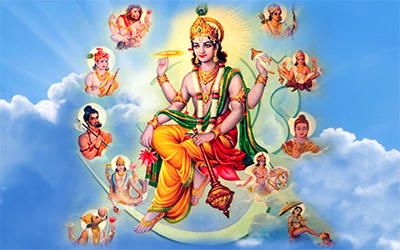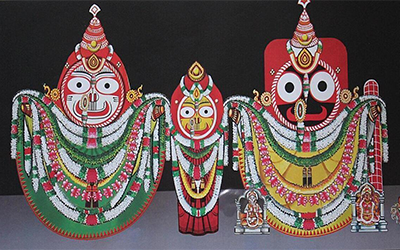








slider-1
J
is for Jnana (Knowledge)
The letter 'J' symbolizes Jnana, or knowledge. In the spiritual journey, knowledge is vital for understanding the deeper truths of existence and the divine.
slider-2
A
is for Awakening
The letter "A" represents Awakening, the moment of spiritual realization when one becomes aware of the true nature of reality and their place within it. It symbolizes the transition from ignorance to enlightenment.
slider-3
G
is for Gratitude
The letter "G" symbolizes Gratitude, the deep appreciation for the gifts of existence and the divine grace received on the spiritual journey. It represents the practice of acknowledging and honoring the abundance in one's life.
slider-4
A
is for Acceptance
Another "A" stands for Acceptance, the surrendering of the ego and embracing of divine will. It signifies letting go of resistance and opening oneself to the flow of life and its spiritual lessons.
slider-5
N
is for Now
The letter "N" represents the present moment, the eternal Now where all spiritual truths reside. It symbolizes mindfulness and awareness, emphasizing the importance of being fully present in each moment on the spiritual journey.
slider-6
N
is for Nurturing
Another "N" signifies Nurturing, the divine care and sustenance provided to all beings. It represents the love and compassion of the divine, nurturing the growth and evolution of every soul.
slider-7
A
is for Acceptance
Another "A" stands for Acceptance, the surrendering of the ego and embracing of divine will. It signifies letting go of resistance and opening oneself to the flow of life and its spiritual lessons.
slider-8
T
is for Tapasya (Austerity)
The letter 'T' symbolizes the spiritual journey often involves Tapasya, or austerity. It represents the discipline and effort required to purify the mind, body, and soul on the path to spiritual realization.
slider-9
H
is for Harmony
The letter 'H' can represent Harmony, the state of balance and peace achieved through spiritual practice. It symbolizes the integration of mind, body, and spirit, as well as the unity of all existence.
History of the jagannath temple

2nd Century BCE - 1st Century CE
Lord Jagannath worship begins by the indigenous Sabaras tribe.

1230 CE
Anangabhima Deva III completes the temple construction.

c. 1078-1147 CE
King Anantavarman Chodaganga Deva starts temple construction.

1467 CE
General Kalapahad attacks and desecrates the temple; idols are hidden and later reinstalled.

1568 CE
Odisha falls to the Mughal Empire; temple faces several attacks but remains operational.

1863 CE
British introduce the Puri Jagannath Temple Act for temple administration.

1803 CE
British East India Company takes control of Odisha, acknowledges the temple's importance.

1950 CE
Odisha state government assumes temple management under the Shri Jagannath Temple Act.

1975 CE
Major renovation by the Archaeological Survey of India.

1990s - 2000s
Expansion of facilities and infrastructure improvements for pilgrims.

2018 CE
Supreme Court issues directives for better temple management and security.

2016 CE
Non-Hindus are restricted from entry following a Supreme Court directive.

2nd Century BCE - 1st Century CE
Lord Jagannath worship begins by the indigenous Sabaras tribe.

1230 CE
Anangabhima Deva III completes the temple construction.

c. 1078-1147 CE
King Anantavarman Chodaganga Deva starts temple construction.

1467 CE
General Kalapahad attacks and desecrates the temple; idols are hidden and later reinstalled.

1568 CE
Odisha falls to the Mughal Empire; temple faces several attacks but remains operational.

1863 CE
British introduce the Puri Jagannath Temple Act for temple administration.

1803 CE
British East India Company takes control of Odisha, acknowledges the temple's importance.

1950 CE
Odisha state government assumes temple management under the Shri Jagannath Temple Act.

1975 CE
Major renovation by the Archaeological Survey of India.

1990s - 2000s
Expansion of facilities and infrastructure improvements for pilgrims.

2018 CE
Supreme Court issues directives for better temple management and security.

2016 CE
Non-Hindus are restricted from entry following a Supreme Court directive.
Infographics

Happy_Mother’s_Day

Where I Am?

Fore Stambha of Dharma

Who Am I?

Timeline of Vedic Civilization

The Knowledge Tradition
The Parts of a chariot





